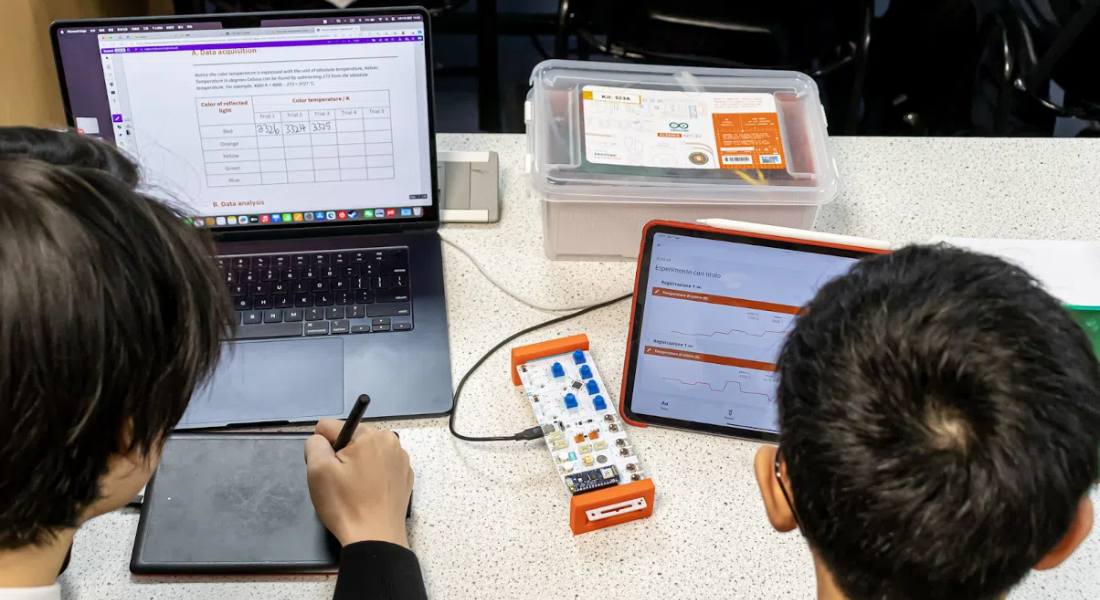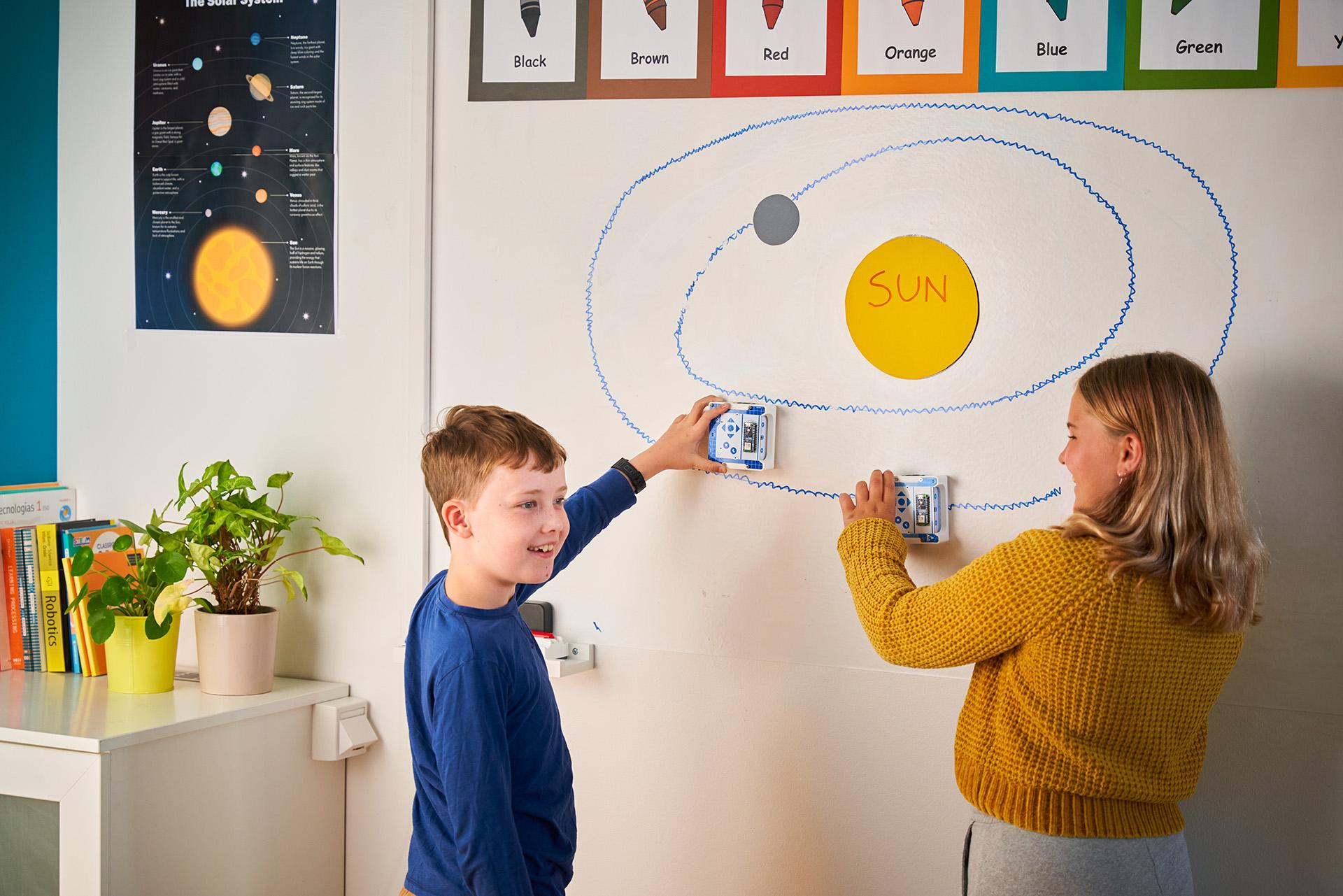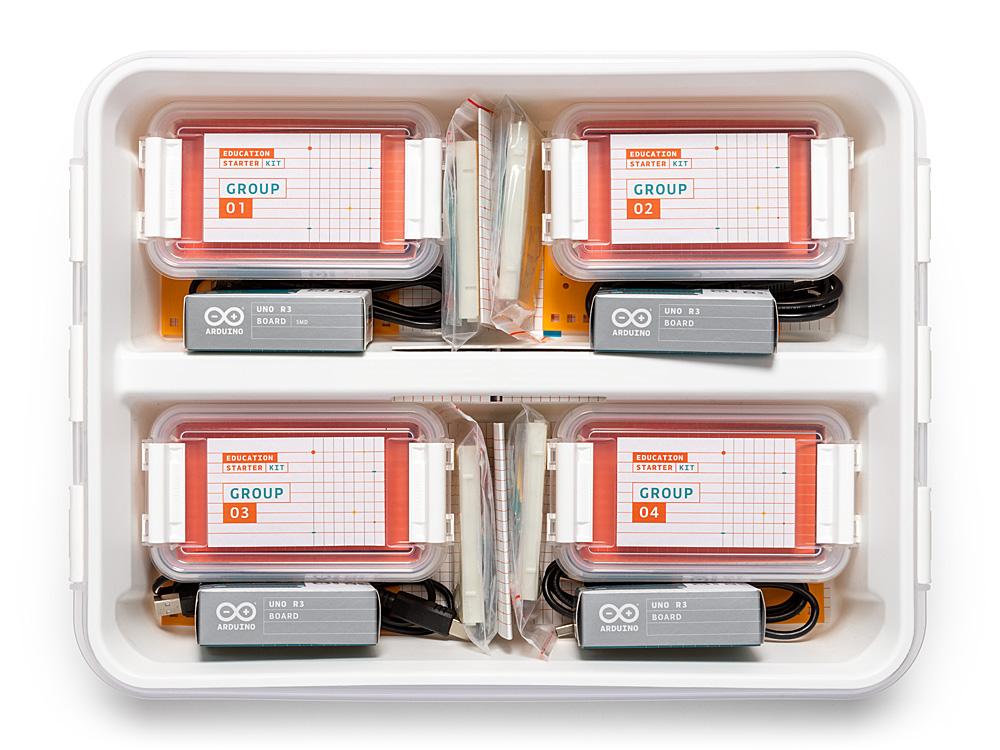How educators can maximize their classroom budget: five tips for success

Managing a limited classroom budget can feel like a challenge, but with a little creativity and smart planning, you can make your money work harder. And the best part? You don’t have to compromise on quality learning experiences! By thinking outside the box, educators can provide students with exciting, hands-on STEAM opportunities without breaking the bank…
Here are five simple yet powerful ways to make the most of your classroom budget and unlock even more learning potential.
1. Invest in multi-purpose and cross-disciplinary tools
Why buy single-use resources when you can get more value from versatile tools that support multiple subjects and projects? Choosing multi-functional tools helps stretch your budget while giving students more opportunities to explore, experiment, and innovate – it’s a win-win!
Take the Arduino Alvik robot, for example. This compact yet powerful educational robot goes beyond coding and robotics; it enhances learning across various disciplines. With Arduino’s project-based lessons, students can program Alvik to demonstrate key astronomical concepts, like how the moon orbits the Earth. Want to make math more engaging? Alvik can be programmed to explore geometric shapes like squares, triangles, and polygons, turning abstract concepts into interactive and fun hands-on learning experiences.

Alvik isn’t the only Arduino tool that offers incredible versatility. As the backbone of countless STEAM projects, the Arduino UNO series of boards gives educators the freedom to create dynamic, hands-on lessons with an affordable price. Combining processing power, wireless connectivity and built-in features like a 12x8 LED matrix, check out the UNO R4 WiFi and UNO R4 Minima and the UNO series at Arduino Store.
2. Buy in bulk for big savings
Bulk purchasing can be a game-changer when it comes to saving money. Many educational suppliers offer discounts for bulk orders, so be sure to check if you’re eligible for special pricing.
For example, you might want to take advantage of the Arduino Starter Kit Classroom Pack – a bundled solution containing six of our popular Arduino Starter Kits. Designed for at least twelve students (two per kit), the classroom pack is intended for use by middle school teachers onwards. This bundle represents a substantial saving of over 100 euros, helping you to stretch your classroom budget and do more for less.
Beyond bulk discounts, keep an eye out for seasonal sales. Arduino regularly offers special promotions throughout the year. Follow us on social media and visit our website often to stay up to date on the latest deals.

3. Utilize open-source software and free online resources
Why pay for expensive software when you can access high-quality open-source tools for free? Open-source software is publicly available, meaning anyone can modify, use, and distribute it – an ideal solution for budget-conscious classrooms.
At Arduino, we believe technology should be accessible to all, which is why all our software is open-source. By leveraging platforms like the Arduino IDE, you can equip your students with powerful learning tools at no extra cost. Additionally, there are countless free online courses, tutorials, and lesson plans available to help educators make the most of their resources.
4. Share resources across classes and age groups
Collaboration is key when it comes to maximizing resources. By sharing equipment between classes, grade levels, or even schools, you can ensure that more students get access to valuable learning tools.
For example, the Arduino Alvik robot is perfect for multi-grade use. It supports block-based coding for younger students and transitions seamlessly to MicroPython and Arduino language for more advanced learners. With one tool serving multiple learning levels, your investment goes even further!
5. Use recycled and upcycled materials
Creativity doesn’t have to come with a hefty price tag. Encourage students to bring in recyclable materials from home to use in their STEAM projects. You can also partner with local businesses to source free or discounted scrap materials – many companies are happy to donate excess supplies to schools.
Students can use upcycled materials to build prototypes, design sustainable solutions, or create artistic projects. This not only saves money but also teaches valuable lessons about sustainability, problem-solving, and resourcefulness.
Explore the full range of Arduino solutions and discover how you can bring affordable, engaging learning experiences to your students today!